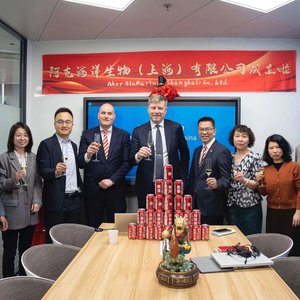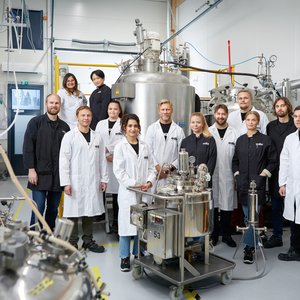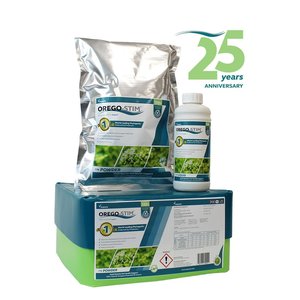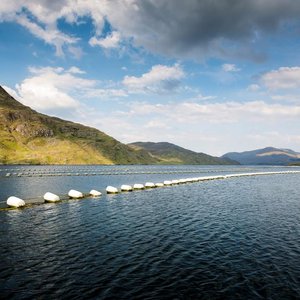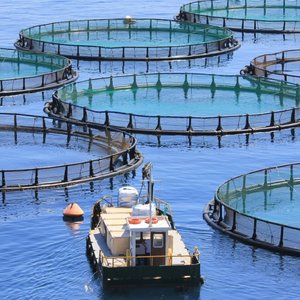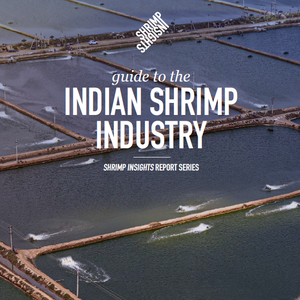Nine months after the official launch of the EU’s largest ever seafood research sponsored project, SEAFOODplus, a conference presenting the first research was held in Copenhagen, Denmark, October 4.
Histamine is the culprit in histamine fish poisoning, which is responsible for one in two incidents of fish-borne illnesses in the US and the UK. Paw Dalgaard and Jette Emborg from the Danish Institute for Fisheries Research (DIFRES) showed how the presence of histamine in fish could be strongly reduced through freezing and Modified Atmosphere Packaging (MAP). Their research could lead to better handling of the product and thereby a reduction in the incidence of the disease.
Presentations at the conference covered a wide spectrum of topics representing a number of the 20 different research subprojects under SEAFOODplus. These ranged from the effect of seafood on human health to ethically defensible aquaculture.
Other research is being done on muscle fiber, which could reduce problems with fillet texture, while one of the subprojects is trying to understand the genetic basis of quality traits such as high muscle fibre density.
In another presentation Fabienne Guerard from the University of West Britanny in France reported on substances derived from marine by-products that had potential benefits among others as blood pressure regulators and antioxidants. The latter are believed to mop up free radicals, which are associated with aging as well as with diseases such as cancer and diabetes. Her work can result in components for functional foods or nutraceuticals that target these illnesses.
Conference moderator Torger Børresen who is also Project Coordinator of SEAFOODplus expressed his satisfaction with the conference saying “this is the first time that an EU project on this scale has been able to deliver the first results so soon after its inception. The meeting also provides an opportunity for participants in the different sub-projects to exchange experiences and develop synergies”
The SEAFOODplus project has also attracted significant interest from the private sector. Niels Alsted from feed manufacturer Biomar anticipates that the company stands to benefit from access to the research carried out within the project as well as from links to the other partners. Biomar is involved in one of the subprojects that is screening compounds that could affect feed uptake in farmed fish. This could lead to the development of feeds that give improved flesh quality.
Another multinational, Unilever, is participating in research that seeks to understand oxidation of fats in order to prevent it in seafood products. Lipid oxidation with its impact on flavor and texture and color is one of the main reasons the company uses mainly non-oily whitefish rather than oily fish in its products.
For more information contact: Prof. Torger Børresen, DIFRES - Danish Institute for Fisheries Research, Denmark : tb@dfu.min.dk or visit www.seafoodplus.org
The integrated project SEAFOOD plus has a budget of EUR26m of which EUR14.4m is from the EU. It is the largest seafood research project ever sponsored by the EU.
The project is divided into six main research areas termed “Pillars” which comprise a total of 20 sub-projects.
The project has 70 partners, of which 59 are research institutes and 11 from industry. Partners are from 16 European countries and Canada.
Start date of the project was 1 January 2004 and duration is 4.5 years.
Related stories:
E.U. launches seafood research on grand scale
REPORT: SEAFOODplus – RTD Pillar 2: Seafood and consumer behavior




